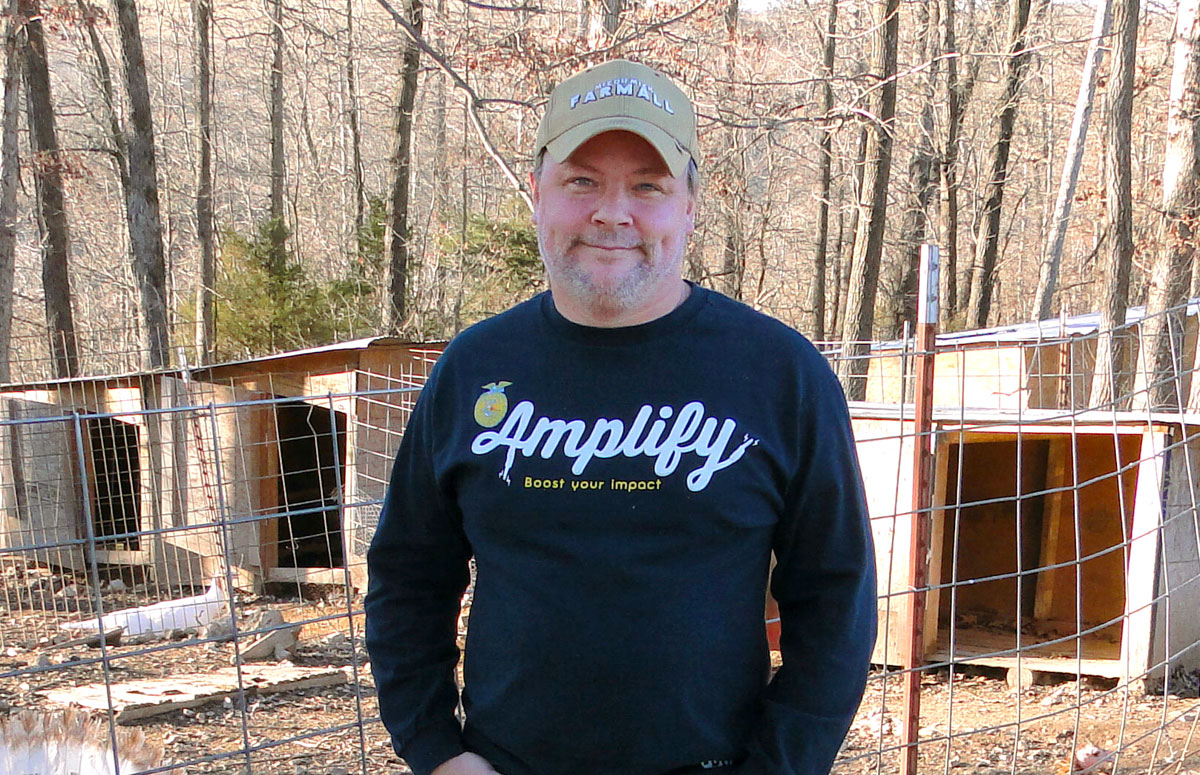 There’s more than one way to make a profit in the beef industry, and the Church family of Viola, Ark., has found a way to do it. Since the 1980s, Jay and his wife, Georgie, have raised Corriente cattle as sport cattle for rodeo events such as team roping and bulldogging. After a year in the arena, the cattle would be returned to them and the Churches would take them to the sale barn. It didn’t take long to discover that lean cattle with long horns aren’t top sellers there.
There’s more than one way to make a profit in the beef industry, and the Church family of Viola, Ark., has found a way to do it. Since the 1980s, Jay and his wife, Georgie, have raised Corriente cattle as sport cattle for rodeo events such as team roping and bulldogging. After a year in the arena, the cattle would be returned to them and the Churches would take them to the sale barn. It didn’t take long to discover that lean cattle with long horns aren’t top sellers there.
Jay said, “When we get done with them, they don’t bring much at the sale barn, so I’ve always fattened some and folks would put them into their freezer. When the economy crashed, I lost a lot of customers because they couldn’t afford to buy a whole beef anymore. So it hit me last year that instead of selling the whole cow, I’d just take them to a USDA butcher.”
Jay has the beef cut and wrapped and sells any amount a person wants at his roadside store near Elizabeth, Ark. He hasn’t been in business long, but his family has faith that business will increase. They also have faith in the quality of Corriente meat.
Jay said, “This is the healthiest beef you’re going to get. The normal American averages about 60 to 70 pounds of beef eaten in a year. If you’ll just switch to grass-fed beef, you can lower your caloric intake per year by about 15,000 to 16,000 calories and not eat one ounce less, and lose about five pounds a year – not by eating less, but just by ‘changing brands.’”
A former high school Ag teacher, Jay knows what he’s talking about. He taught for 20 years in nearby Salem, Ark. But now he’s concentrating wholly on marketing his Corriente cattle as the newest “designer” meat. Georgie, his number one supporter, said, “All the new diets require grass-fed beef now… Every diet I pulled up on the Internet said if you want beef, it needs to be grass-fed beef.”
Georgie does all she can to promote Jay’s product. A Realtor, she tells all her new clients about their grass-fed beef. She said, “We have a lot of people through our real estate business that aren’t established when they move here, and they don’t have a meat market anywhere. They want to know where they can buy natural beef. I feel like we’ll be able to funnel new customers this way.”
Although Jay tries to keep the meat at comparable prices with local grocery stores, the meat itself is different. Jay said, “It’s a totally different flavor. It’s dry aged. The fat in it is not bright white, it’s slightly yellow because it’s been dry aged. It’s been kept in a locker at 34 to 35 degrees for 14 days… The knock on grass-fed beef is that it’s tough. The secret to that is ‘low and slow’ – lower temperature and never cooked past 140 degrees.”
The Church family works together to make this small enterprise a success. Daughter Hannah, a real estate agent in her own right, has been involved in rodeoing for many years, so she knows a lot about the Corriente breed. Right now the family has 30 cows and one bull on their 187 acres and Hannah enjoys working the cattle. She and her mom and dad do their own doctoring and all the maintenance required on the farm. They’re a busy family, working together to improve the eating habits of their neighbors.
Jay concluded, “When you go to the grocery store and buy a package of beef, you’ve got no idea what that cow looked like or where it was or anything. Here, I can show you. All I have to do is turn around and point to the cattle in my pasture.”







